Maybe you are making a mistake with the service at padel without knowing. The rule of service at padel is very precise. The French Tennis Federation speaks about it in its article 6 concerning the rules of the game.
6 RULE - THE SERVICE
– As in tennis, the server must serve in the diagonally opposite “square”. The ball must first bounce in the opponent's service box before it can be returned. It can then bounce several times on the walls or the fence.
– Once the ball is hit, it must not touch any part of its half of the field (ground, walls, etc.) before bouncing into the opposing party.
– To initiate the point, the two feet of the server must be behind the service line (“base” line, parallel to the net), and between the imaginary extension of the center line and the side window. The server must therefore never touch the service line or the central imaginary line with one of his feet.
At waist height or below the waist
- At the time of typing, the server must have at least one foot on the ground. - Service should be "spooning", at belt height, or below the belt, and after rebound; the rebound must be done in the server's half of the field and must be behind the end line (be careful, a service is announced if the server totally misses the ball by trying to hit it).
- After the first rebound in the opponent's service box, the ball must not touch the mesh part, otherwise the ball is counted foul. Two tries are possible, if both are wrong the point is for the opponent.
– If the ball hits the net and then crosses the net by falling into the right opposite service square, the ball is let and to be played again (unless the ball after a let service, bounces it into the right square then hits the grid, in which case the service will be considered false).
- If the receiver is not ready when the server hits its service, the point is to be replayed.
- The server remains the same during a game. The receiver as well as the two teammates can place themselves where they want in their respective camp.
- The team that serves the first game chooses which player will be the first server. At the next game, ditto for the opposing team. The order of the servers must remain the same until the end of the set. The order may change at each start of the set for each team.
– The receiver of the first point of the set, will return all the services played in this diagonal throughout this same set. The same goes for the second receiver in the other diagonal. This order can only be changed at the start of each set.
- If an error is made on the order of the servers, this error must be repaired as soon as it is discovered, and the good player must then resume the service, the acquired score remaining established. If, on the other hand, the error is discovered only after a game has been completed, the inversion of the servers will remain in place, and it is this new order that will be used until the end of the set (same principle if the error is discovered during a decisive game).
Franck Binisti discovers the padel at the Club des Pyramides in 2009 in the Paris region. Since padel is part of his life. You often see him touring France going to cover the major events of padel French.




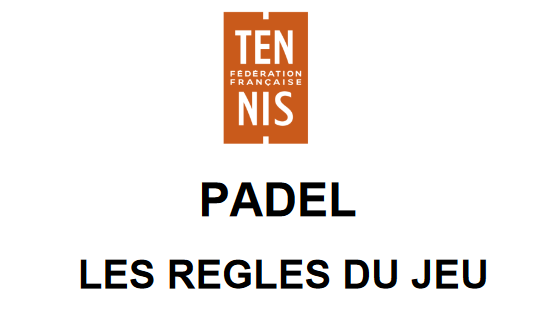

































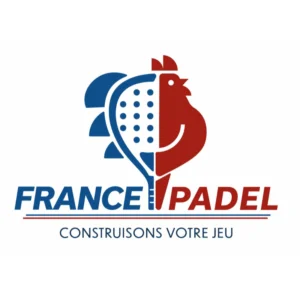




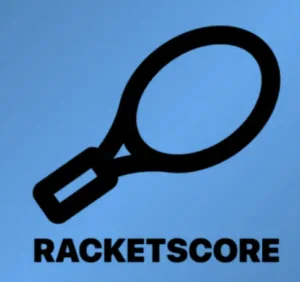



















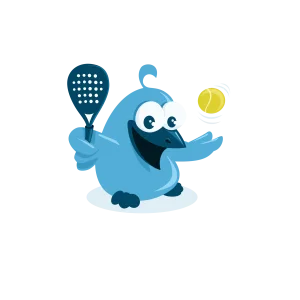


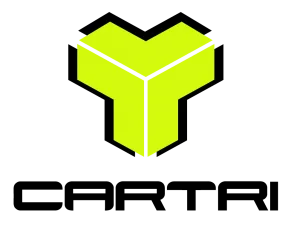



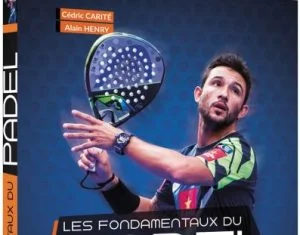










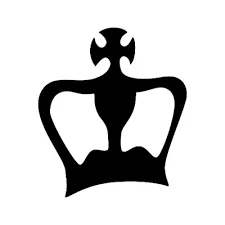


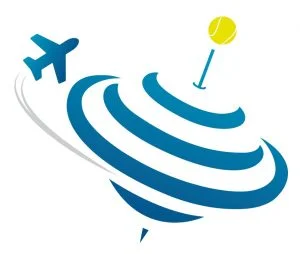

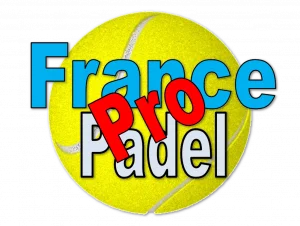




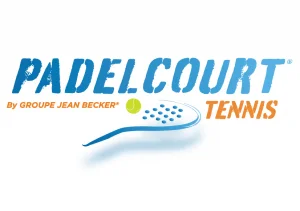




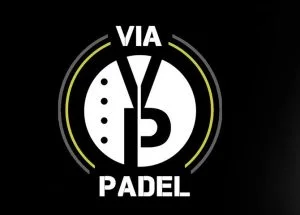




 Padel Score comes to Tahiti for American Express Padel Cup!
Padel Score comes to Tahiti for American Express Padel Cup! Do you know the Rafa Nadal Academy Tour?
Do you know the Rafa Nadal Academy Tour? At the heart of padel – Episode 25: Paul and Andoni answer your questions
At the heart of padel – Episode 25: Paul and Andoni answer your questions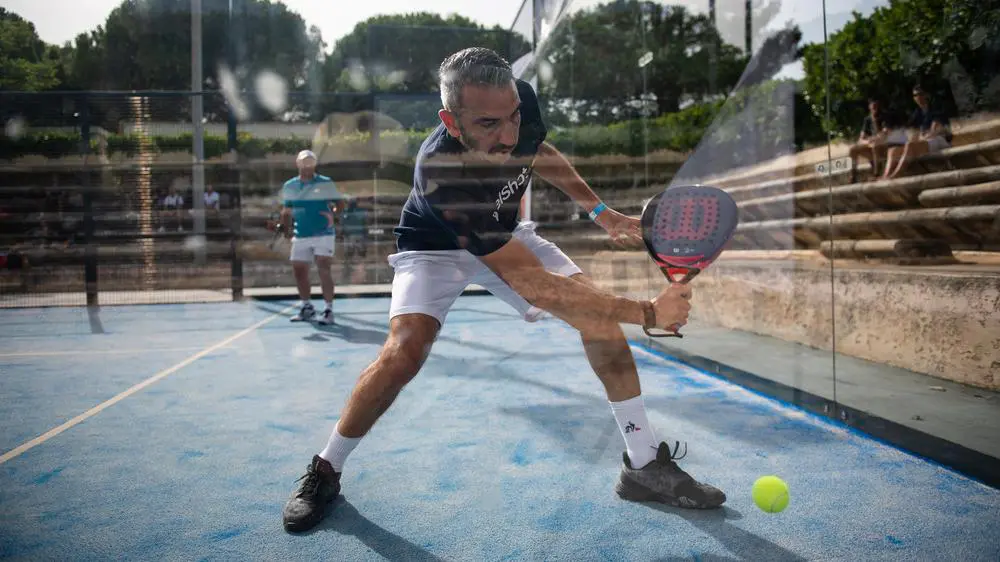 Simon Boissé: “We know that there are two nations in front of us”
Simon Boissé: “We know that there are two nations in front of us”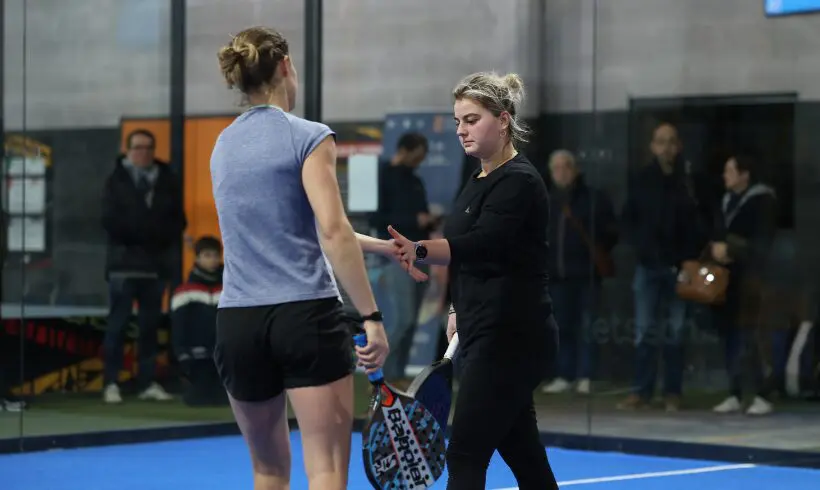 Marie Maligo: “This period of frequent changes of partners was beneficial for me”
Marie Maligo: “This period of frequent changes of partners was beneficial for me”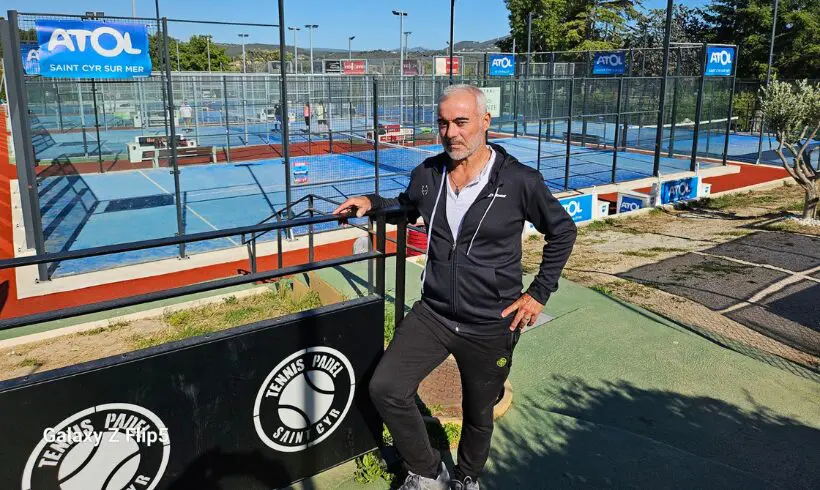 Alain Idier: “Adding tracks of padel, without sacrificing tennis”
Alain Idier: “Adding tracks of padel, without sacrificing tennis”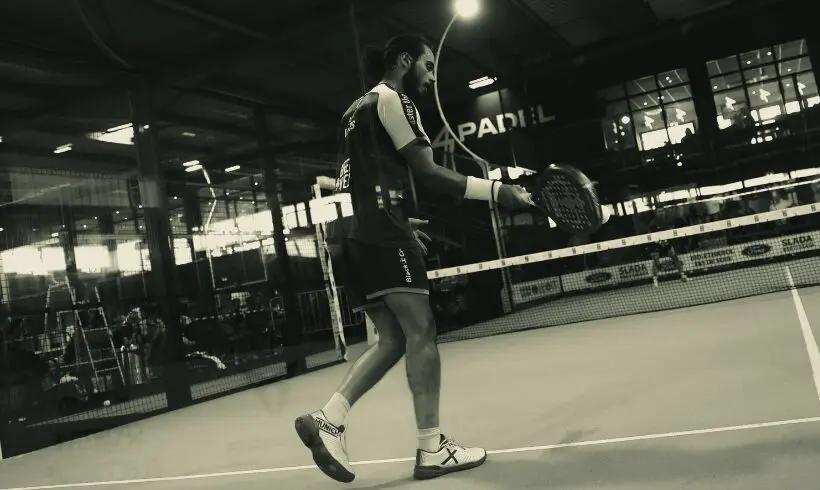 Manuel Vives: “It’s extremely difficult to get by financially”
Manuel Vives: “It’s extremely difficult to get by financially” Mind Padel Lyon and the Auvergne Rhône-Alpes League innovate with team tournaments
Mind Padel Lyon and the Auvergne Rhône-Alpes League innovate with team tournaments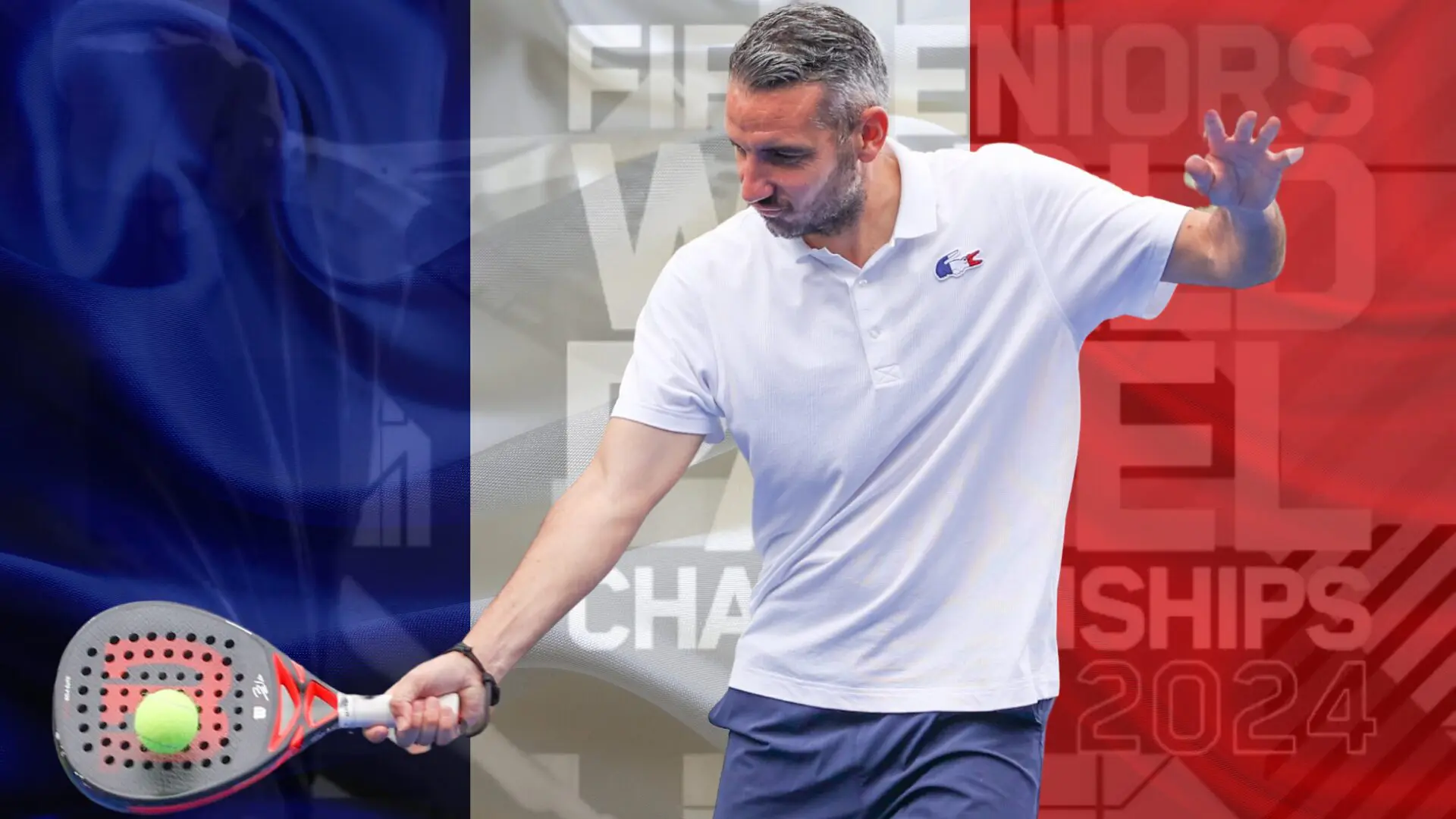 Simon Boissé: “We know that there are two nations in front of us”
Simon Boissé: “We know that there are two nations in front of us” Team PAX (Domingo / Xari) returns to victory
Team PAX (Domingo / Xari) returns to victory Alex Ruiz: “Finding joy again with Momo”
Alex Ruiz: “Finding joy again with Momo”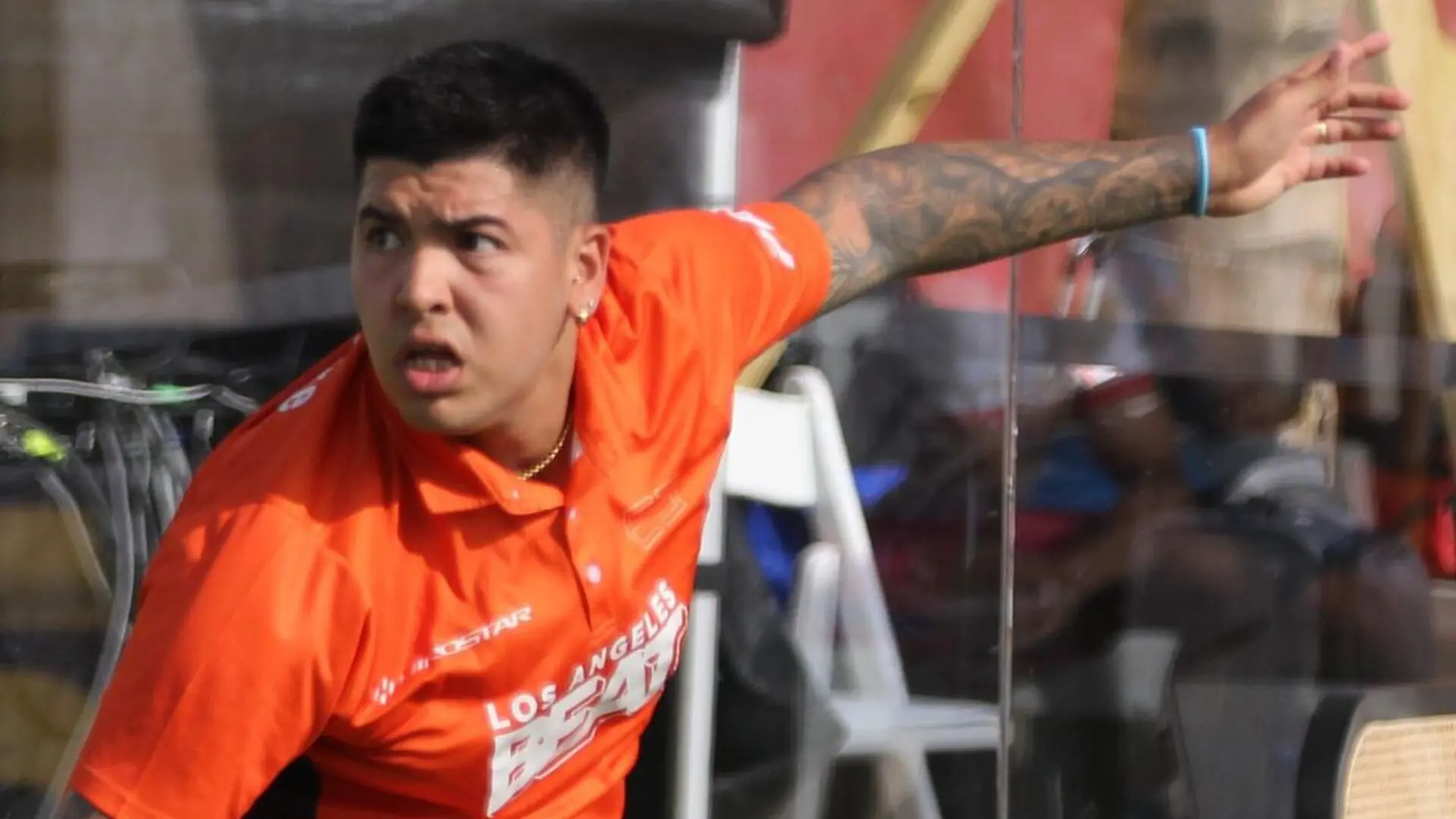 Nerone: “Tolito is not a normal player”
Nerone: “Tolito is not a normal player” P2 Brussels – Like a new school year!
P2 Brussels – Like a new school year!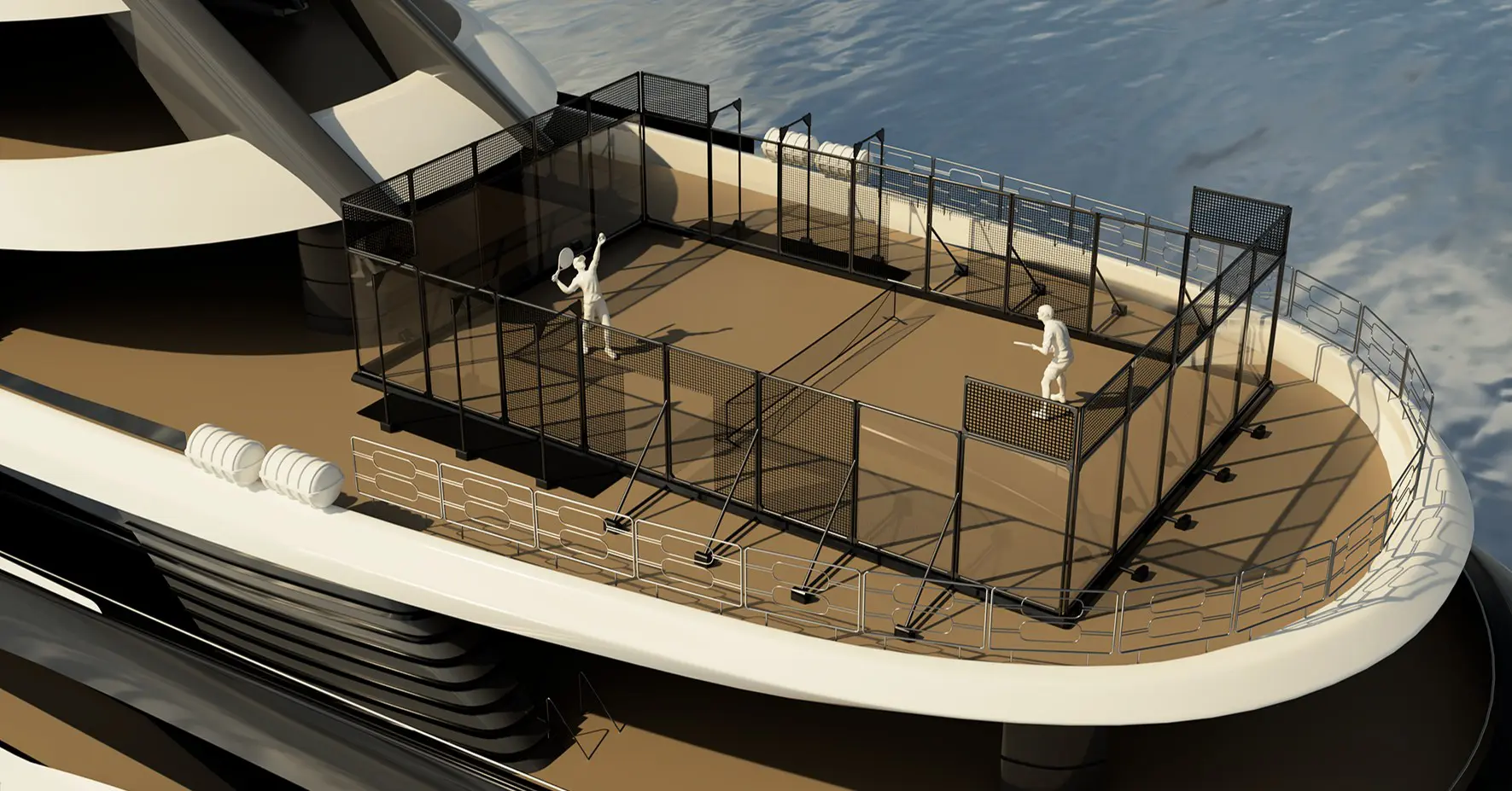 Play at padel on his yacht? Possible for €233.000!
Play at padel on his yacht? Possible for €233.000! TOP Padel : “A premium club with 10 slopes in Toulouse”
TOP Padel : “A premium club with 10 slopes in Toulouse”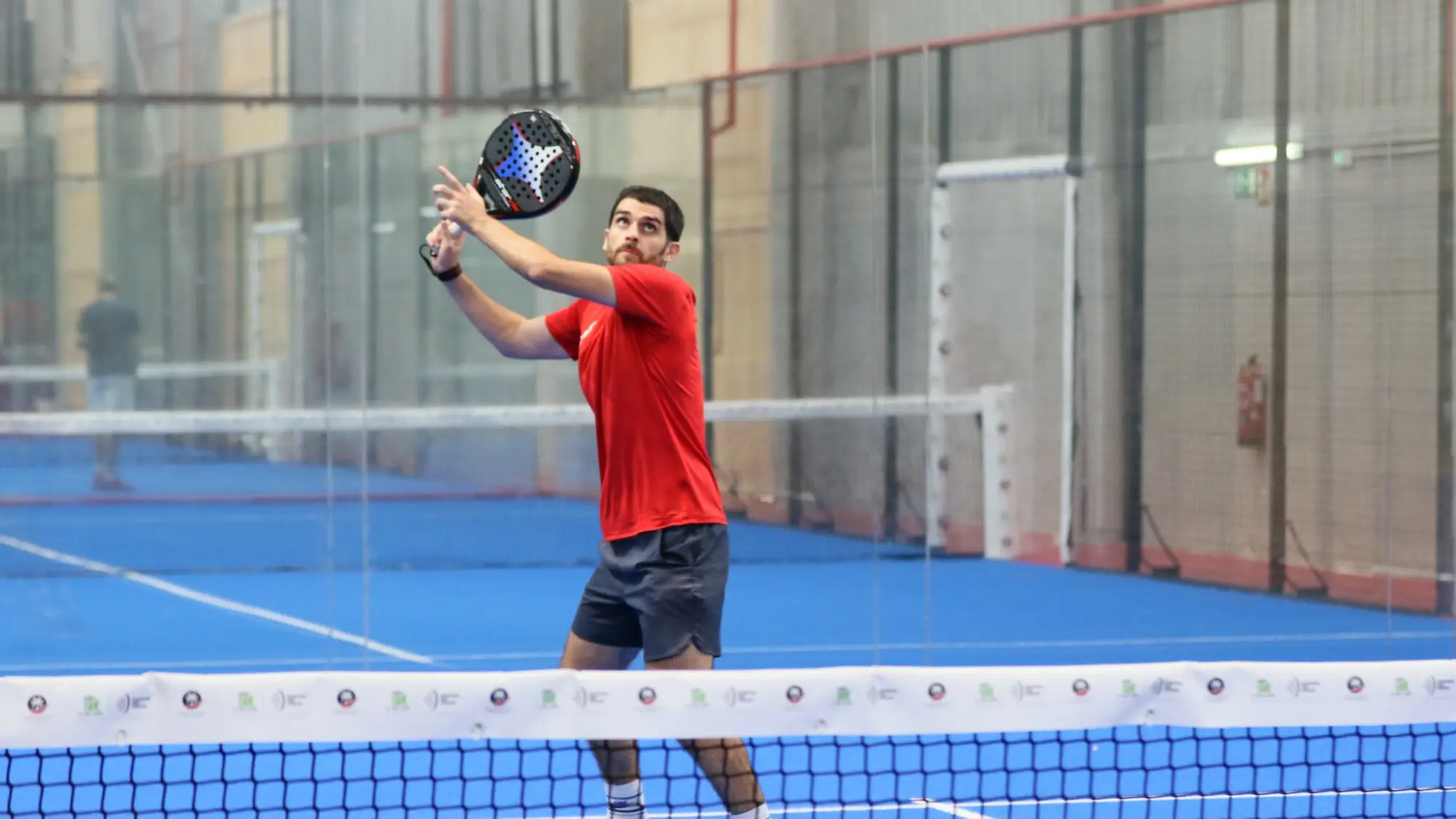 At the heart of padel – Episode 25: Paul and Andoni answer your questions
At the heart of padel – Episode 25: Paul and Andoni answer your questions Tactical padel – What to do when faced with players who systematically stay at the bottom?
Tactical padel – What to do when faced with players who systematically stay at the bottom?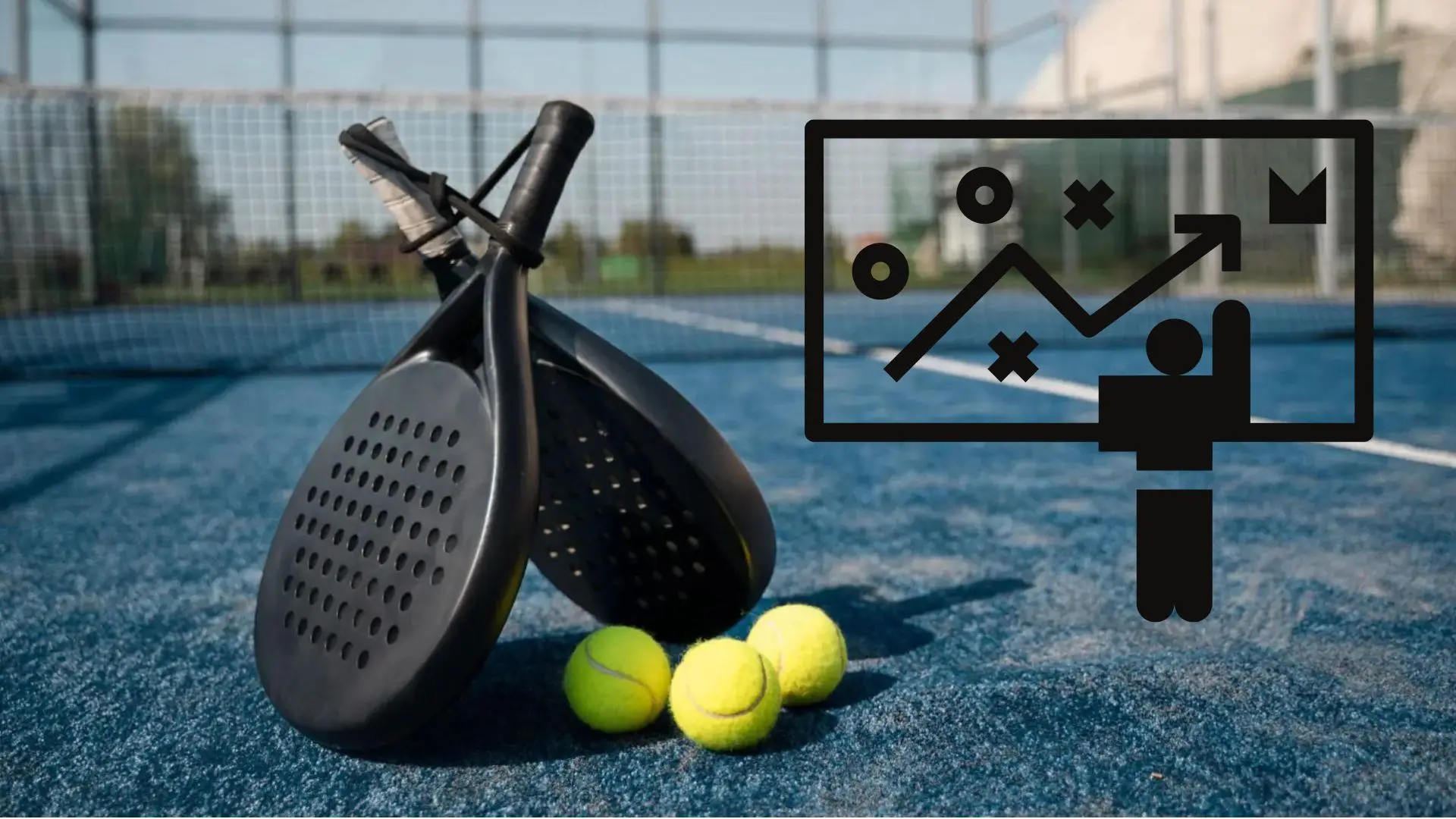 The basic tactics of padel
The basic tactics of padel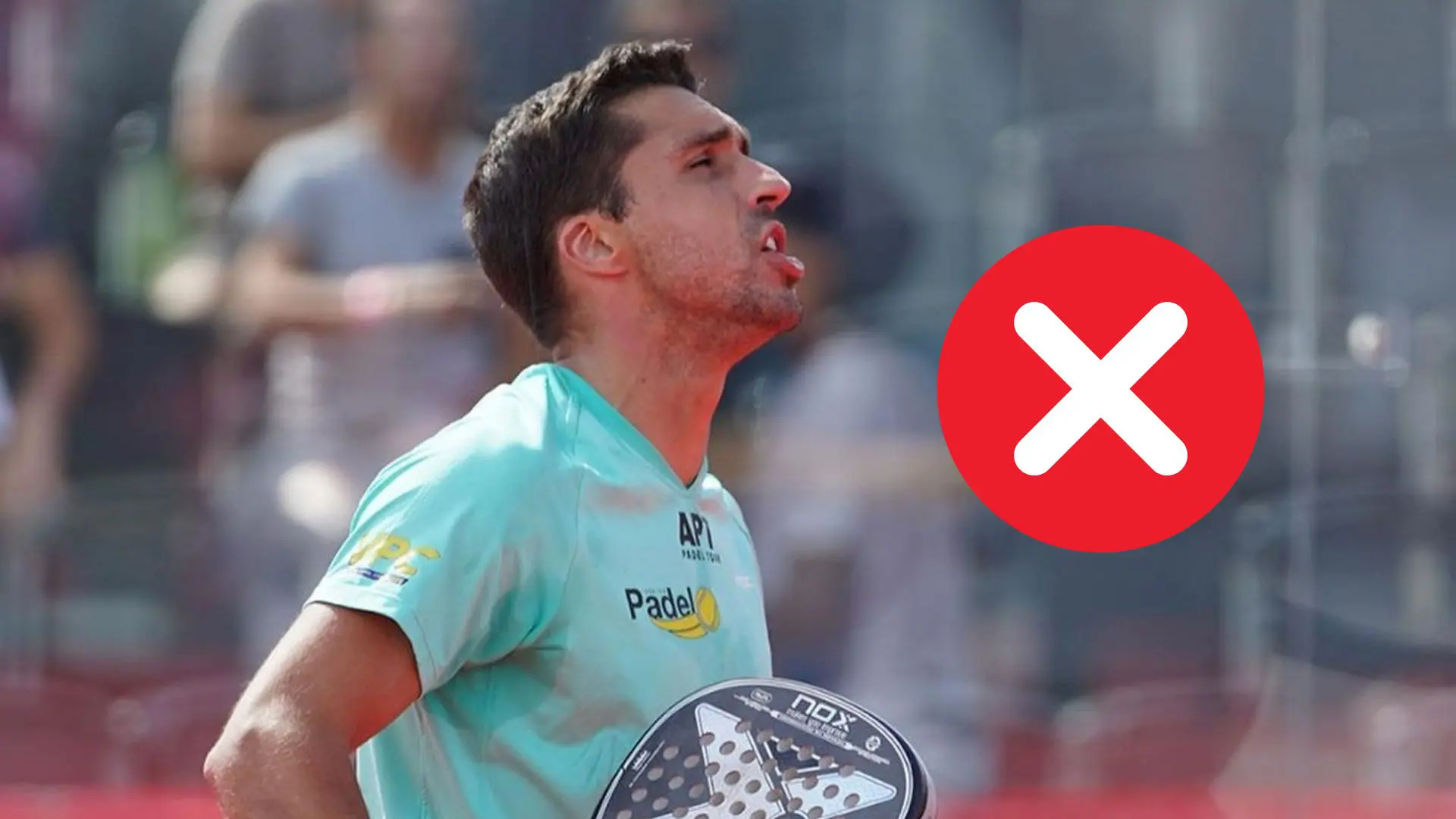 A par 4 is always a winner...even if you manage to defend it!
A par 4 is always a winner...even if you manage to defend it!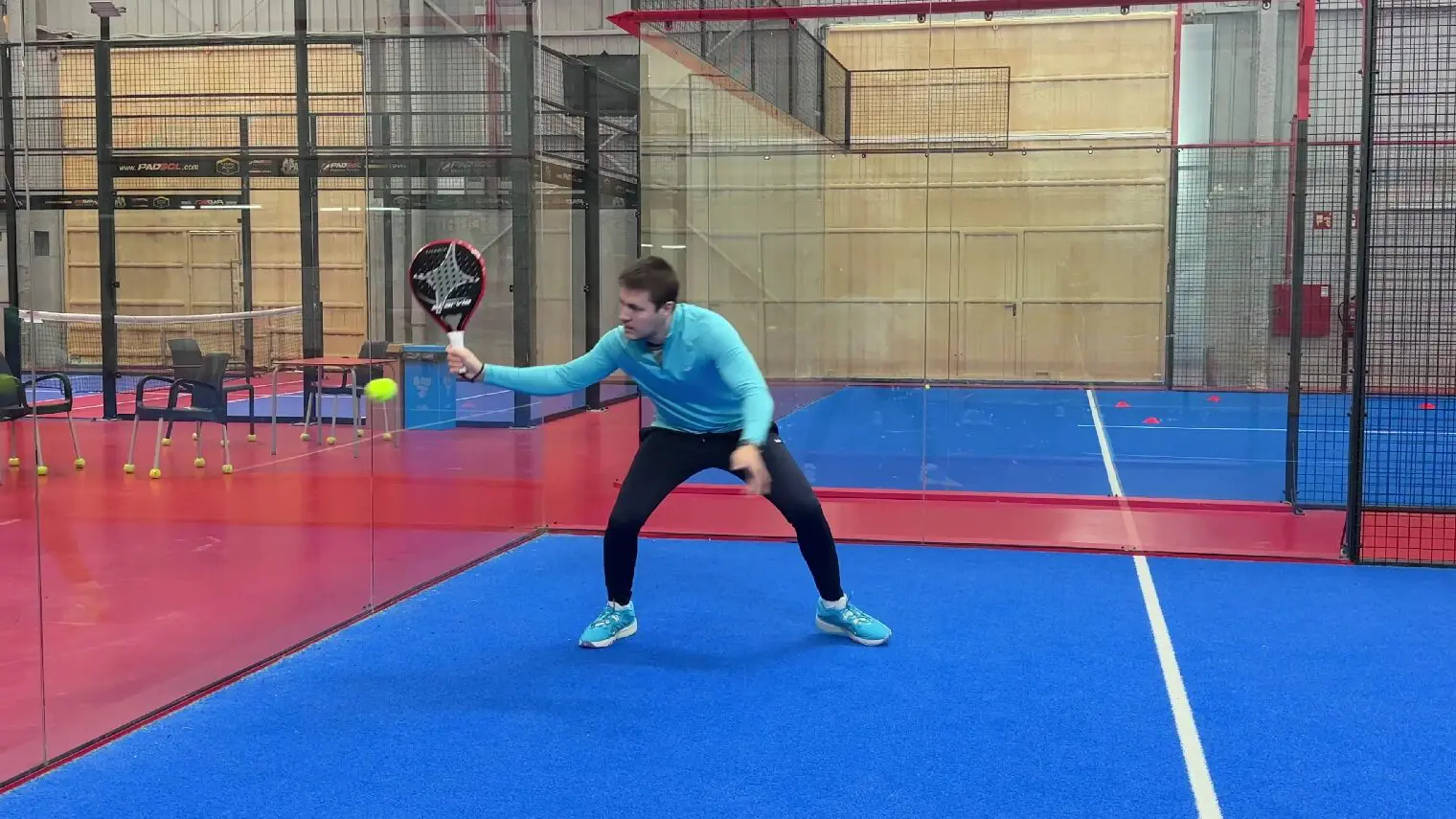 At the heart of padel – Episode 23: defend the window well
At the heart of padel – Episode 23: defend the window well Prohibition on playing topless Padel : the reasons
Prohibition on playing topless Padel : the reasons FIP Tour – Going far from Europe, THE strategy to earn points!
FIP Tour – Going far from Europe, THE strategy to earn points! What is a good football player? padel ?
What is a good football player? padel ? “Lefties give me headaches when I play against them!”
“Lefties give me headaches when I play against them!”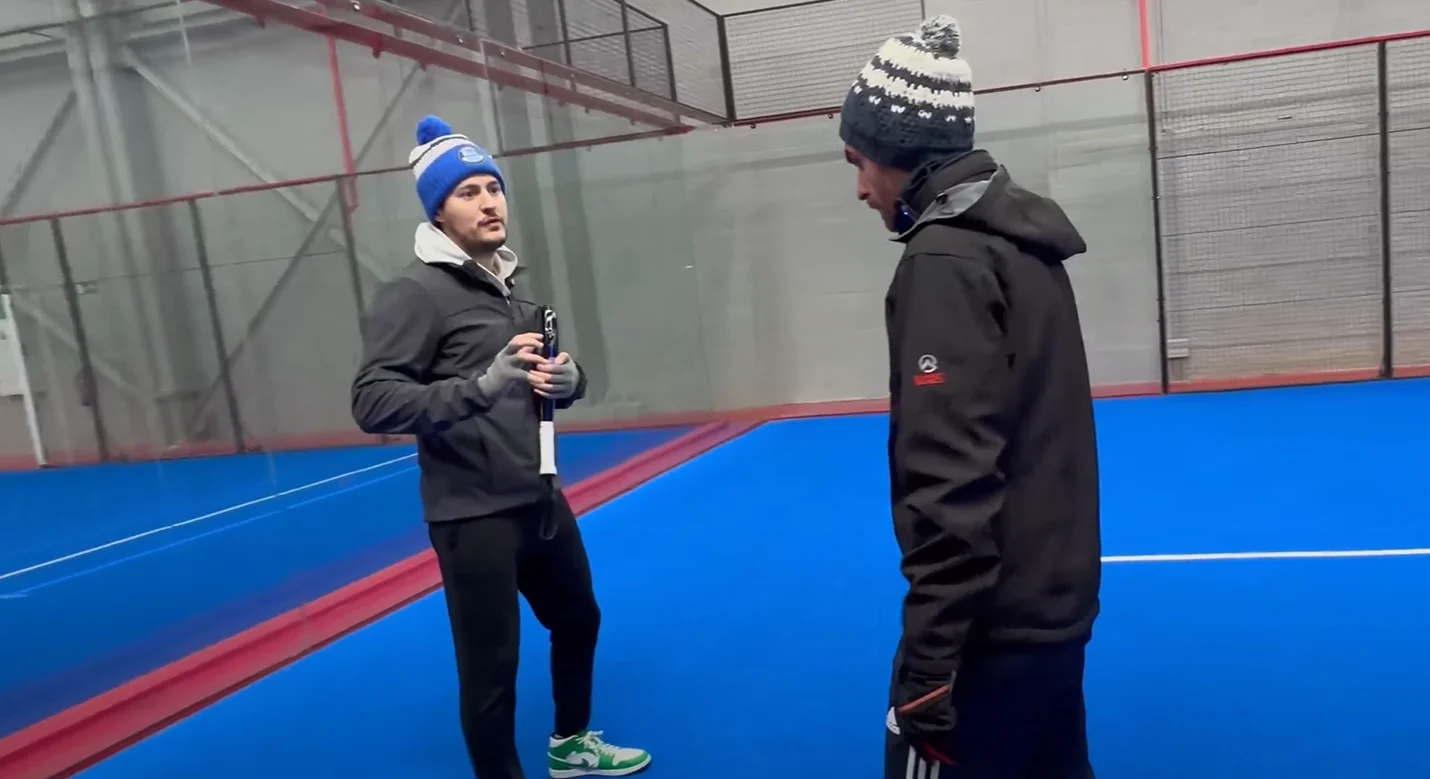 At the heart of padel – Episode 14: how to earn points in winter?
At the heart of padel – Episode 14: how to earn points in winter?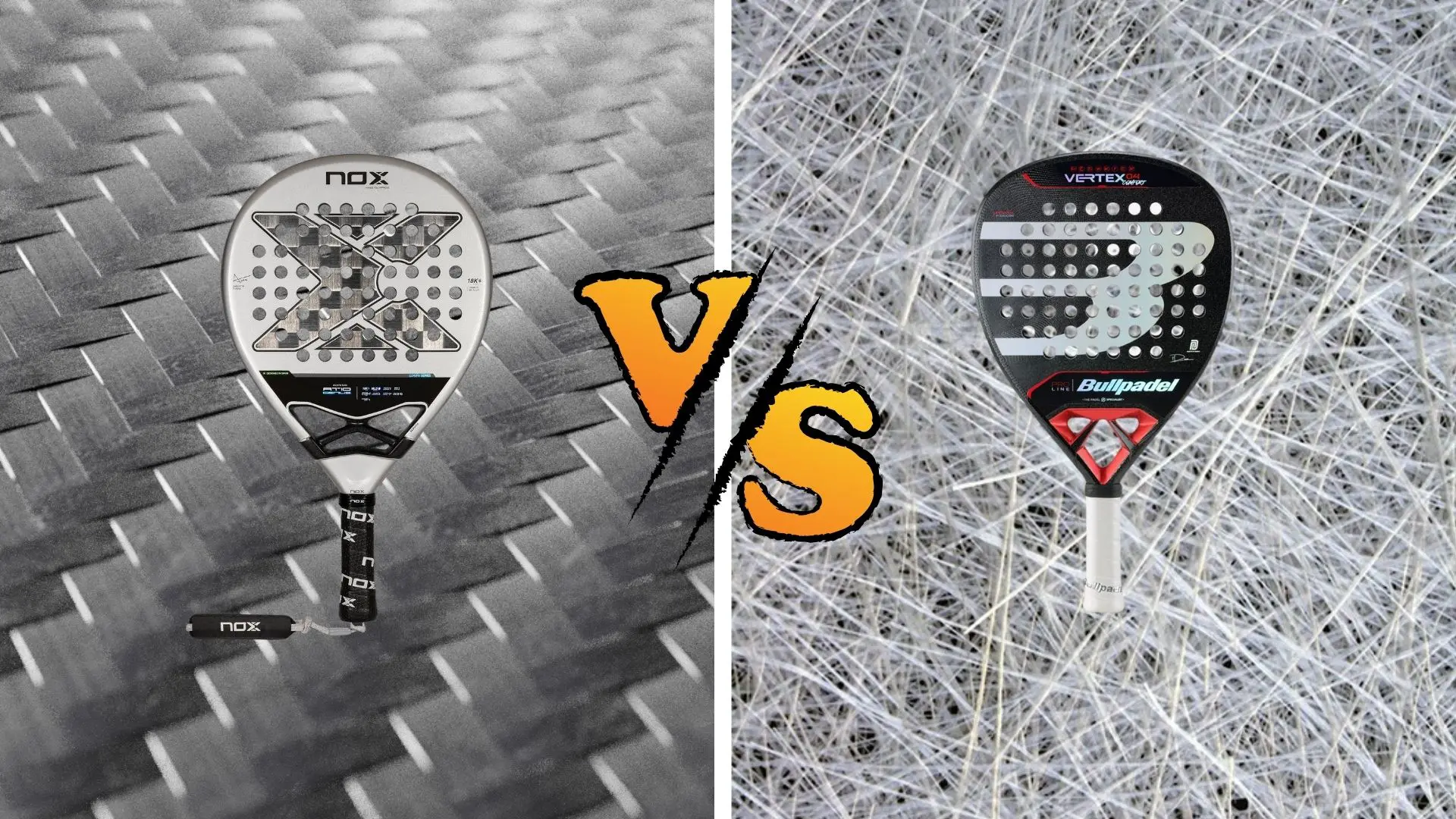 Carbon fiber VS fiberglass: what to choose?
Carbon fiber VS fiberglass: what to choose?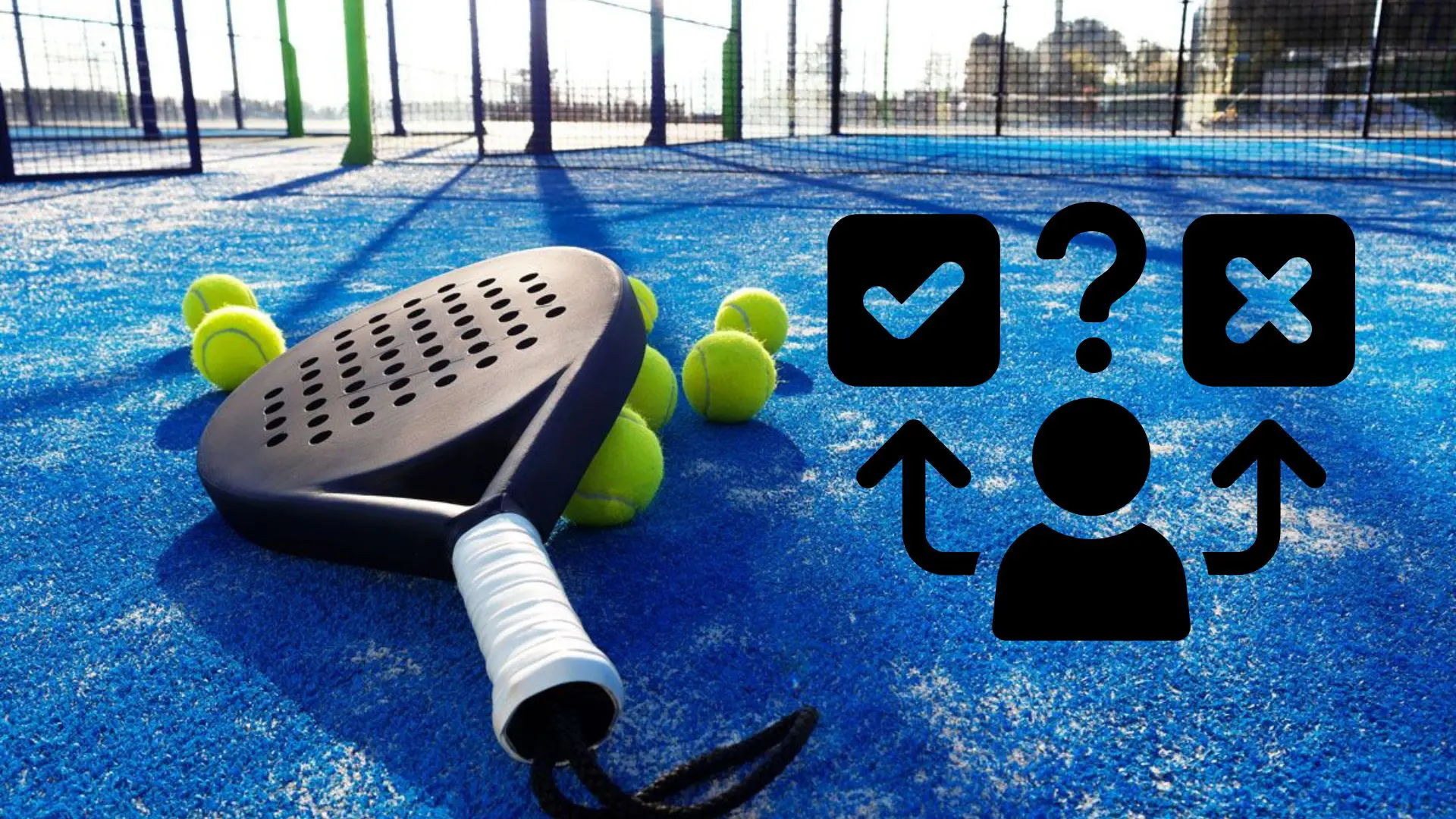 How to effectively test a racket padel ?
How to effectively test a racket padel ?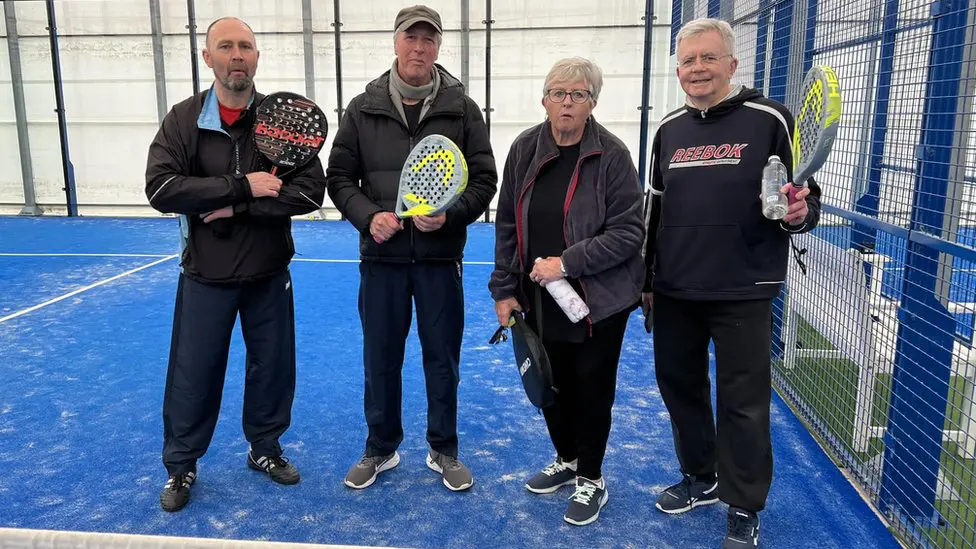 La padel to fight Parkinson's disease
La padel to fight Parkinson's disease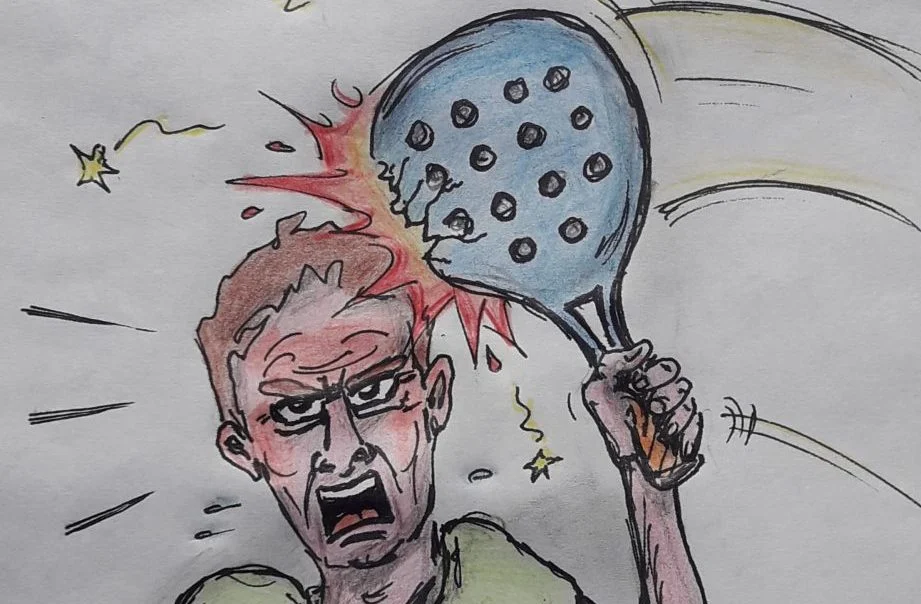 Don't play with a cracked or broken racket, your body will thank you!
Don't play with a cracked or broken racket, your body will thank you! Michel Cymes: “The padel, physically, it’s serious!”
Michel Cymes: “The padel, physically, it’s serious!”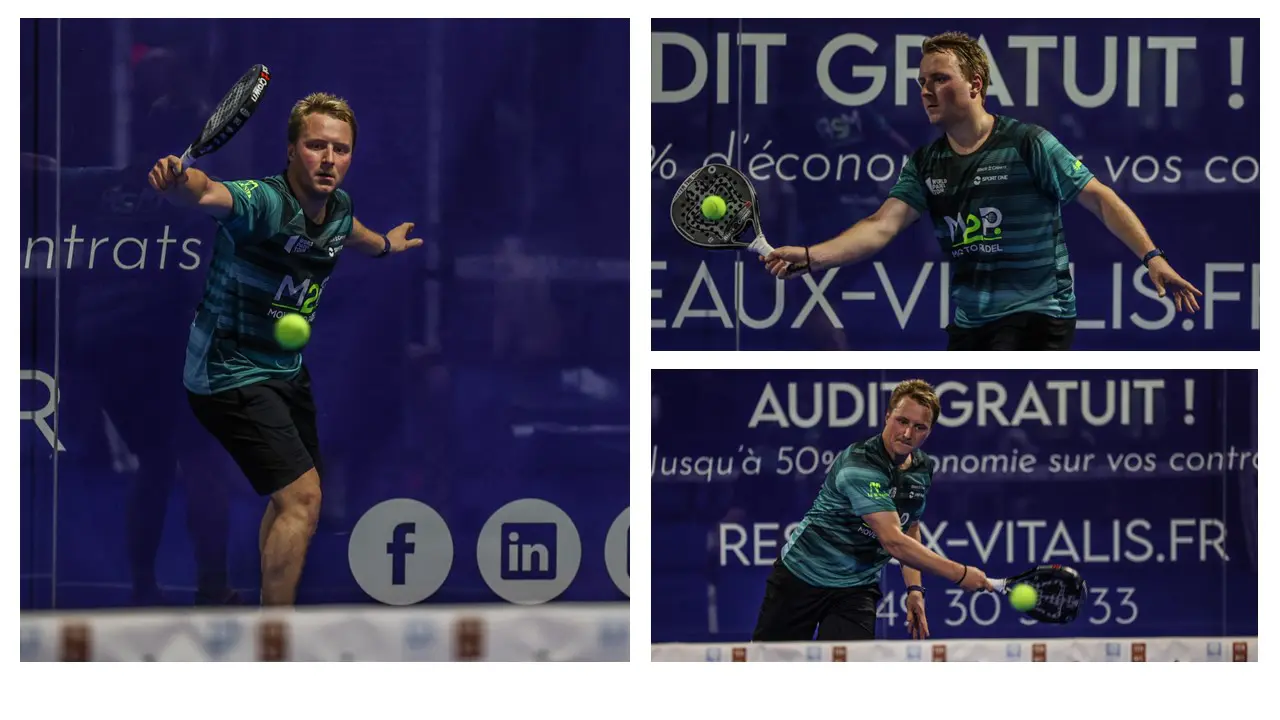 Jeremy Gala: “Promote the padel among young people in Belgium remains a challenge”
Jeremy Gala: “Promote the padel among young people in Belgium remains a challenge” The French Touch Academy organizes its selection day Padel-Study
The French Touch Academy organizes its selection day Padel-Study Report on the detection and training of younger generations
Report on the detection and training of younger generations Player's adult courses from April 8 to 21, 2024!
Player's adult courses from April 8 to 21, 2024!
Hello, I am often told that my serve is wrong because I bounce the ball higher than my belt. So indeed the ball is higher than my belt when I hit it since I bend my legs when hitting but I don't think it's wrong because the ball doesn't bounce higher than my belt if I stayed legs stretched out instead of bent. Can you tell me what it is? Also I find this rule unfair for people like me (small) it is certain that someone like John Isner will have a much better service the rule should have to do with the height of the net and not with the size of the player. In advance, thank you for your answer
Hello Valerie, if you take the ball above the waist, the ball is supposed to be a foul 🙂
After yes, there may be a form of injustice. Very soon, we are going to do a paper on this theme precisely through the intervention of Ben Tison. See you soon.
Hello
Is there a right to walk before hitting the ball in the service?
Thank you
hello, serving, if I serve that my ball passes the net without touching it and bounced twice in the receiver's square !! there is no point for whom? or fault?
Good evening, Here is a small article that may interest you 😉
https://padelmagazine.fr/amortir-au-service-cest-possible/
hello, if I understood correctly. We have the right to make a depreciation on the service and that the ball bounces twice in the opposing square the server wins the point! thank you
Absolutely! 🙂
If I understood correctly, in service if the ball hits the ground twice (or more) but then hits the fence then it is considered a fault? This also applies when the ball hits the net?
Hello, no if the ball hits the ground twice before hitting the grid, it's good. On the other hand, if there is a rebound and then the fence the ball is fault 🙂 Same for the net obviously.